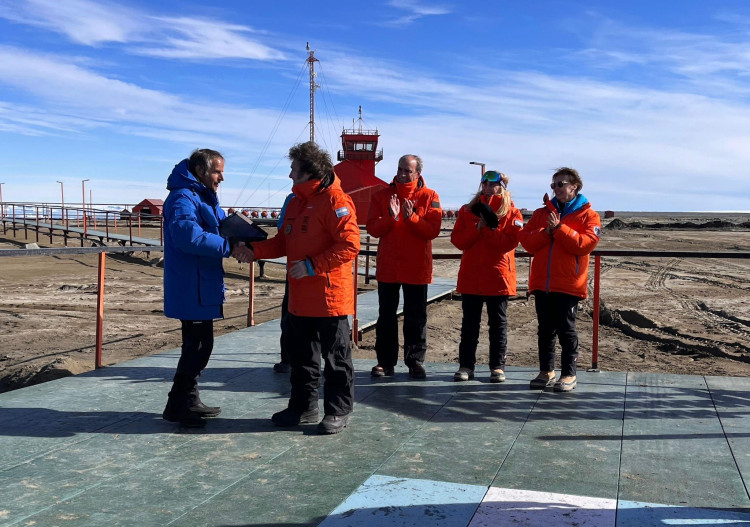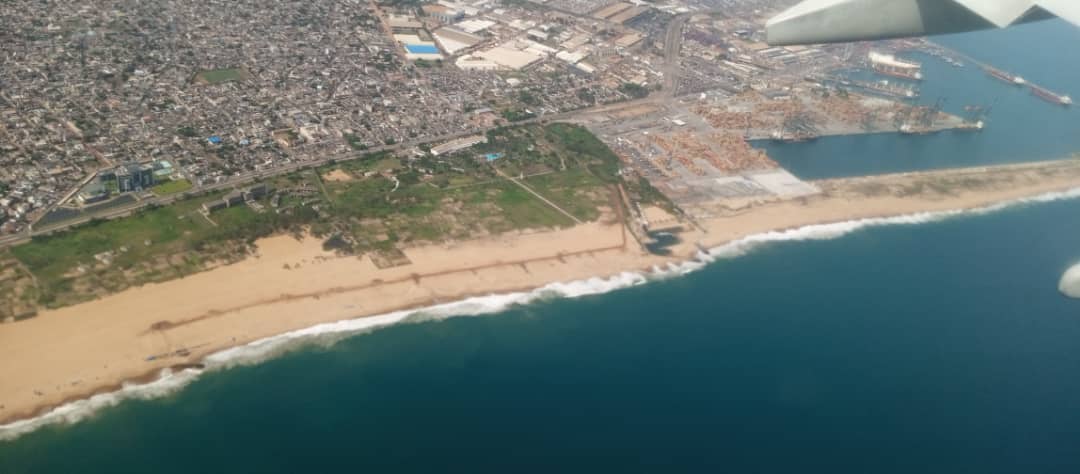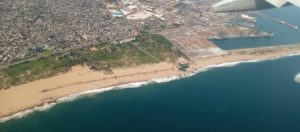IAEA launches first scientific research expedition in Antarctica
IAEA launches first scientific research expedition in Antarctica
By Houmi Ahamed-Mikidache
The International Atomic Energy Agency (IAEA), an international organization under the auspices of the United Nations, today launched in cooperation with Argentina its first scientific research expedition to Antarctica. This expedition aims to study the presence of microplastics in Antarctica. It is part of efforts to solve this growing environmental problem, even in the most remote regions of the planet according to observers.
Towards the impact assessment of microplastics
The President of Argentina, Javier Milei, and the Director General of the IAEA, Rafael Mariano Grossi, joined the IAEA scientific team at the Argentine Antarctic bases of Marambio and Esperanza to mark the beginning of their mission. Defence Minister Luis Petri, Interior and Foreign Ministers Guillermo Francos and Diana Mondino were also in attendance. For the IAEA, a two-person research team will leave for a month to assess the impact of microplastics by studying its presence and distribution in seawater, lakes, sediments, sand, water and animal discharges from the Antarctic ecosystem near the Argentine Carlini scientific research station.
The NUTEC techniques
Specific techniques from the NUTEC plastic monitoring laboratory network will be used to produce data on the distribution of marine microplastics. By sampling and analysis of the prevalence of microplastics in the environment. To the IAEA, this specific science is important information for the development of plastic mitigation and disposal measures and policies. Also, the Nuclear technologies to control plastic pollution was built on the IAEA’s efforts to combat plastic pollution. Thus, through recycling using radiation technology and marine monitoring, it uses a technical system called isotope tracing techniques. As a result, It provides scientific evidence to characterize and assess marine pollution by microplastics. It also demonstrating the use of ionizing radiation in plastic recycling, turning plastic waste into reusable resources.
The International Treaty on Plastic Pollution
The IAEA recalls that the first evidence of microplastics – plastic particles less than 5 mm in diameter- found in Antarctic fast ice dates back to 2009. It happened when researchers from the University of Tasmania sampled sea ice in East Antarctica. There is still almost no information available on the location and quantity of microplastics in the Antarctic.
Consequently, there is also very little data on the types of microplastics reaching this pristine area through ocean currents. It does not show atmospheric deposition and the presence of humans in Antarctica. As a reminder, in March 2022, with the resolution on the International Plastic Pollution Treaty, the United Nations Member States, committed to begin negotiations for a new global treaty.
It is accordingly on the prohibition of plastic pollution. It aims to be adopted by 2025. In fact, the IAEA’s NUTEC laboratory network for monitoring marine plastic (micro-) pollution will play a crucial role. It aims to provide essential scientific evidence to support an informed decision, the IAEA said. “We have brought our specialist expertise to Antarctica,” said Director General Grossi.
Since its inception in 1961, the IAEA Environment Laboratories in Monaco have provided IAEA Member States with the tools and knowledge. It helps to understand and address the pressing challenges of the marine environment. The IAEA hosts the only marine environment laboratory in the United Nations system.
Share this content:









